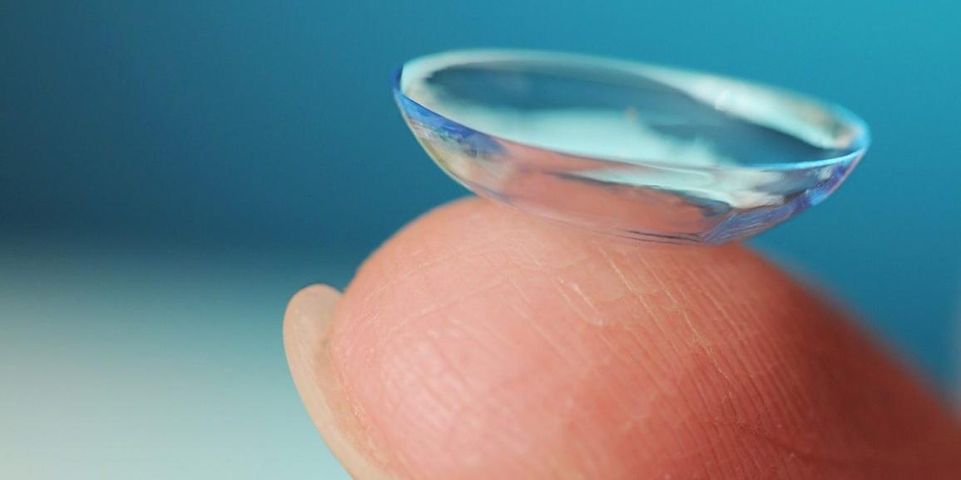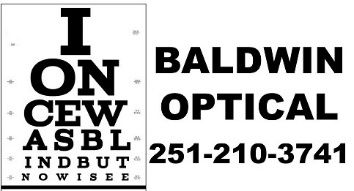
 Coronavirus advice for contact lens wearers includes switching to glasses
Coronavirus advice for contact lens wearers includes switching to glasses

Contact lens wearers are being advised to switch to glasses amid the novel coronavirus outbreak as doing so may lessen the urge to touch your eyes.
The advice, issued by the American Academy of Ophthalmology (AAO), is part of larger guidance on how to stop COVID-19 from entering through the eyes.
While it is well known that the virus can spread through respiratory droplets or by touching a surface or object that has the virus on it and then touching your own mouth or nose, it can also spread through the eyes, although according to the Centers for Disease Control and Prevention (CDC), the latter is not thought to be the main way the virus is transmitted.
“When a sick person coughs or talks, virus particles can spray from their mouth or nose into another person’s face,” according to the AAO. “You’re most likely to inhale these droplets through your mouth or nose, but they can also enter through your eyes. You can also become infected by touching something that has the virus on it – like a table or doorknob – and then touching your eyes.”
In extremely rare instances, COVID-19 may cause pink eye, the AAO warns, and in this instance, the virus could be spread by touching fluid from an infected person’s eyes or from objects that carry the fluid. Contact lens wearers may be more prone to touching their eyes than those who wear glasses or don’t require vision correction. As a result, a change in routine may help stave off contracting the illness at least through the eyes.
“Consider wearing glasses more often, especially if you tend to touch your eyes a lot when your contacts are in,” Dr. Sonal Tuli, a spokesperson for AAO, advised. “Substituting glasses for lenses can decrease irritation and force you to pause before touching your eyes.”
Wearing glasses may also help add a layer of protection from respiratory droplets of an infected person. However, the AAO cautioned, glasses are not foolproof, and if caring for a sick patient, safety goggles would be the stronger defense.
Those who do not have the option of switching to glasses are advised to follow several hygiene tips to keep their risk of transmission low. The tips include washing hands with soap and water before handling contacts, minimizing contact with water such as showering or swimming, avoiding storing the lenses in water, not wetting the lenses with your mouth, and not using saline solution or drops as a substitute for disinfectant.
There are several more tips, including following your doctor’s schedule for wearing and replacing the contacts and not allowing the tip of the solution bottle to touch any surface.
Health officials have urged the public to practice social distancing as a means to keep people six feet apart to lessen the chance of transmission and to practice thorough hand washing and avoid touching their face.
About the Business
Have a question? Ask the experts!
Send your question

